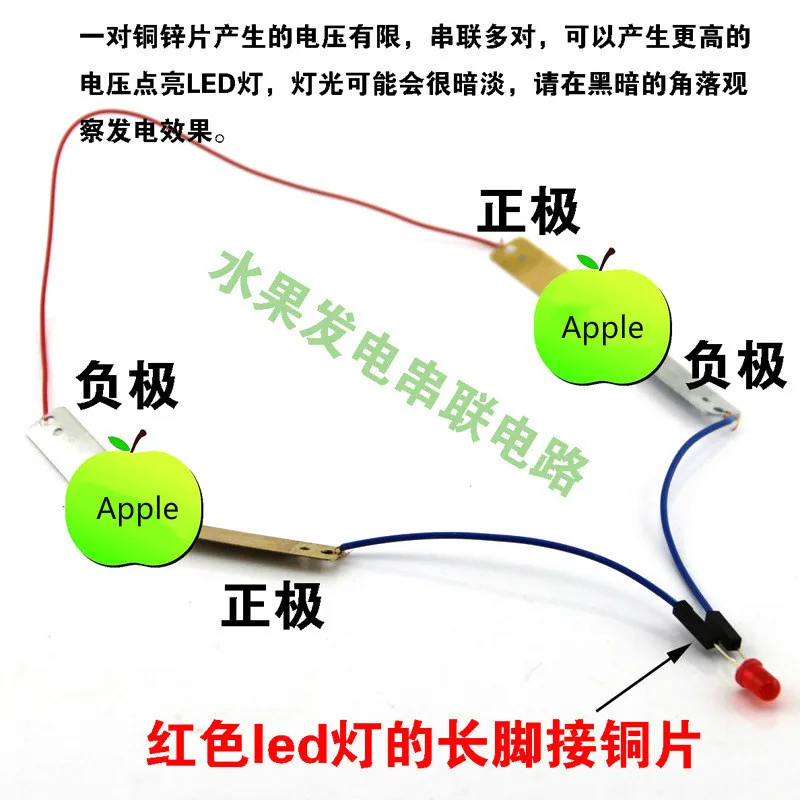Experiment Power Generation Model From Fruit Electrical Generation
This classic Fruit Electricity Experiment Kit allows children and students to explore the fascinating world of electrochemistry. By inserting copper and zinc sheets into fruits like lemons, apples, or potatoes, you can create a simple battery capable of lighting an LED. A great hands-on science activity for classrooms or at-home experiments!


